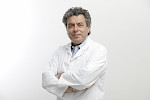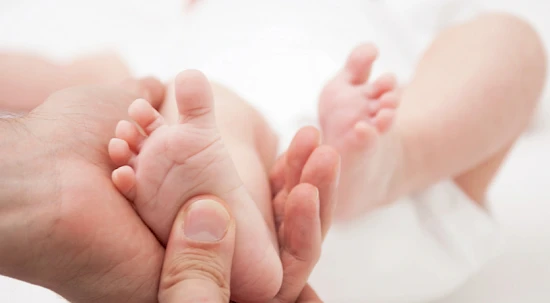Child development
Most commonly, parents ask paediatricians questions about their child’s growth and development. Normally, the mother or father asks if the child is the right size and weight for their age, or if they are growing and learning to do “new things” (grab objects, speak, walk) at a normal rate.
Without a doubt, the easiest way to assess a child’s health from birth is by using their size and weight, which are always important to monitor. There are two different growth periods that take place along a child’s journey to becoming a fully-grown individual with a healthy weight and well-developed organs (this is with the exception of the lymphatic tissue, for which the rate of growth diminishes over time): first, there is a period of rapid growth which lasts from birth to the end of the child’s second year, followed by a second phase of relatively constant growth from one year to the next. This second phase begins at age two and finishes around the start of puberty i.e. until the start of the process of physical development during which the child becomes an adult. In other words, until they reach sexual and reproductive maturity. During puberty, there is a second period of growth, which is different for boys and girls.
Often, a child’s development is split into specific sections which, despite much crossover, are very useful within paediatric investigation. The main areas of a child’s development are as follows:
- Motor development, which includes gross motor skills (sitting upright, walking, climbing stairs) and fine motor skills (holding small objects, drawing).
- Language development, or rather the ability to understand and subsequently speak a language. Delays in linguistic expression are not generally associated with other developmental delays; regardless, it is important to monitor excessive delays in any child, to ensure they do not also have other developmental delays. In addition, a hearing test should be the first step in an investigation into any such delay.
- Cognitive development, i.e. a child maturing intellectually, is mainly evaluated over the first few years by observing language use, curiosity, problem-solving abilities, understanding of time and the ability to concentrate on more than one thing in a given event or situation.
- Emotional and behavioural development, which naturally is influenced by the child’s character and personality. It relates to their ability to express feelings in relation to their surroundings as well as the acquisition of social and interpersonal skills.
Of course, there is no given point at which all children should be learning to walk or hold a teaspoon in their hand, but many studies have established an average age at which certain specific stages are reached and also defined normal age ranges. The progress of a child’s development always varies. For example, some children learn to walk late, but learn to talk earlier in comparison to other children. Many genetic, psychological and environmental factors (for example, the food or stimulation given) as well as the impact of potential conditions influence the varied nature of a of a child’s progress in different areas. Development is continuously monitored and evaluated; naturally, the paediatrician is helped in this by the parents and staff at the child’s school, who see the child on a daily basis.














